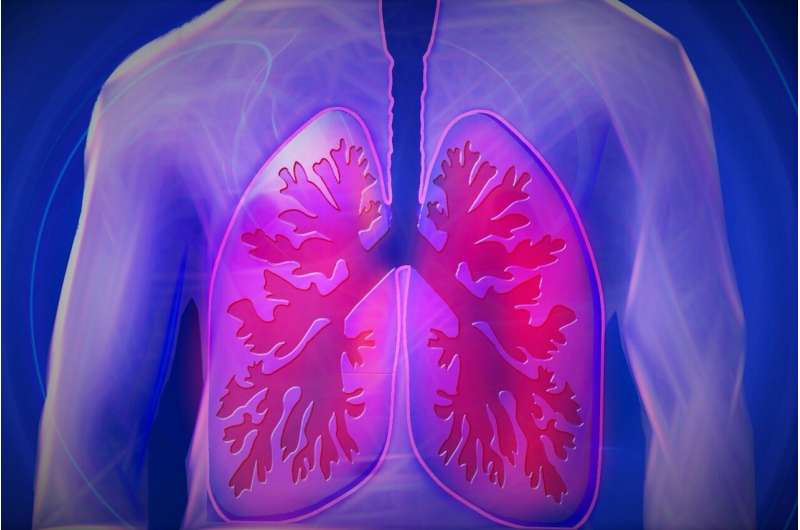Media Coverage and Costs of Newly Approved Medicines: What the Media Focuses On

A Finnish study reveals how media coverage varies for new medicines, highlighting disparities unrelated to cost or prevalence, and the potential impact on public perception and health policy.
Recent research conducted by the University of Eastern Finland and Fimea has shed light on how Finnish news outlets represent new medicines, particularly those used to treat obesity, cancer, mental health, and other conditions. Notably, GLP-1 agonists like semaglutide have garnered significant media attention, with 151 news articles discussing these drugs between 2013 and 2024. In contrast, many other new therapies, such as treatments for prostate cancer, Alzheimer's, and muscular dystrophy, received comparatively less coverage, despite their importance.
The study indicates that media visibility does not consistently align with the prevalence or costs of these medicines. For example, most of the medicines in the study, including GLP-1 agonists, have annual patient costs exceeding EUR 1,000, with some reaching up to EUR 1,300. The most expensive medication examined was ataluren for Duchenne muscular dystrophy, costing about EUR 442,000 annually per patient, and it was only briefly discussed in five articles. Conversely, vortioxetine, an antidepressant used by approximately 57,000 people annually, had the lowest patient-specific cost at around EUR 300, yet it was only covered in two articles.
The research highlights a disparity in media reporting, where certain medicines that are more expensive or have fewer users tend to receive less media attention. The findings suggest that this uneven coverage could influence public perception, medical decision-making, and healthcare funding priorities. The initial results were presented at the FIP World Congress in Copenhagen in 2025, offering insights into how Finnish media emphasizes specific medicines and their associated costs.
Understanding media portrayal of new medicines is crucial, as it impacts public understanding and policy-making. The next phase of the study will analyze how such medicines are discussed and communicated through media channels.
This investigation underscores the importance of balanced media reporting on new medical treatments, especially considering their costs and societal impact.
Source: https://medicalxpress.com/news/2025-09-media-visibility-medicines-highlight.html
Stay Updated with Mia's Feed
Get the latest health & wellness insights delivered straight to your inbox.
Related Articles
Groundbreaking Research Links Faulty Womb Lining to Preventable Pregnancy Loss
New research identifies abnormal womb lining as a key, preventable factor in pregnancy loss, paving the way for innovative treatments to reduce miscarriage risks.
The Impact of Pigmentation on Hereditary Hearing Loss
Recent studies reveal that melanin pigmentation plays a complex role in hereditary hearing loss, influencing immune activation and inflammation in the inner ear. Discover how pigmentation impacts disease progression and potential therapies.
Rising West Nile Virus Cases in Europe as Climate Change Expands Mosquito Habitats
The increase in West Nile virus cases across Europe underscores the impact of climate change on mosquito habitats. Healthcare professionals must enhance awareness, diagnosis, and preventive measures to combat this expanding health threat.
Boehringer Ingelheim Receives U.S. Approval for Innovative Lung Cancer Treatment
Boehringer Ingelheim has received FDA approval for zongertinib, a new oral treatment for HER2-mutant non-small cell lung cancer, offering hope for patients with limited options.



